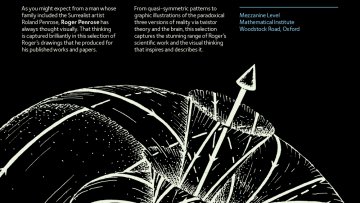The distribution of traces of powers of matrices over finite fields
Abstract
Consider a random N by N unitary matrix chosen according to Haar measure. A classical result of Diaconis and Shashahani shows that traces of low powers of this matrix tend in distribution to independent centered gaussians as N grows. A result of Johansson shows that this convergence is very fast -- superexponential in fact. Similar results hold for other classical compact groups. This talk will discuss analogues of these results for N by N matrices taken from a classical group over a finite field, showing that as N grows, traces of powers of these matrices equidistribute superexponentially. A little surprisingly, the proof is connected to the distribution in short intervals of certain arithmetic functions in F_q[T]. This is joint work with O. Gorodetsky.


